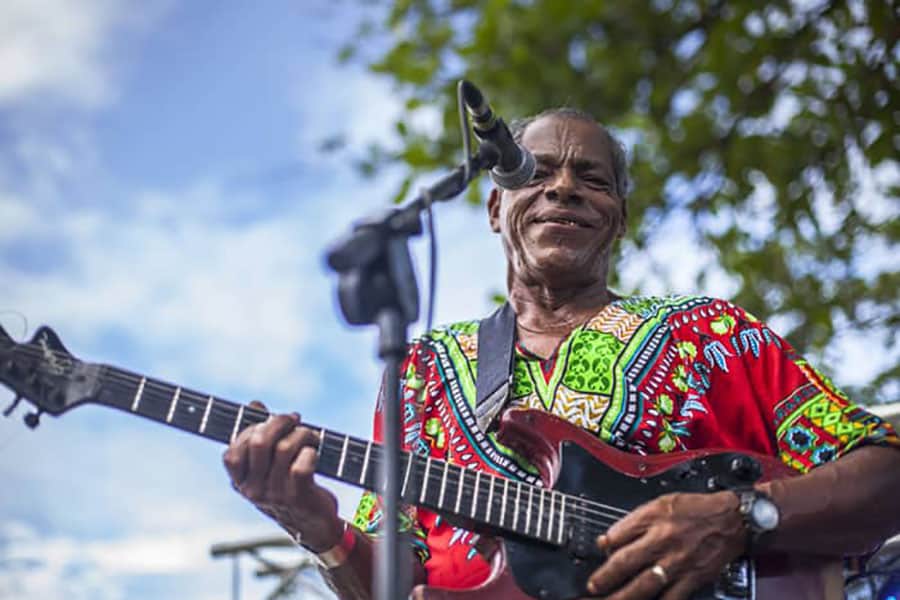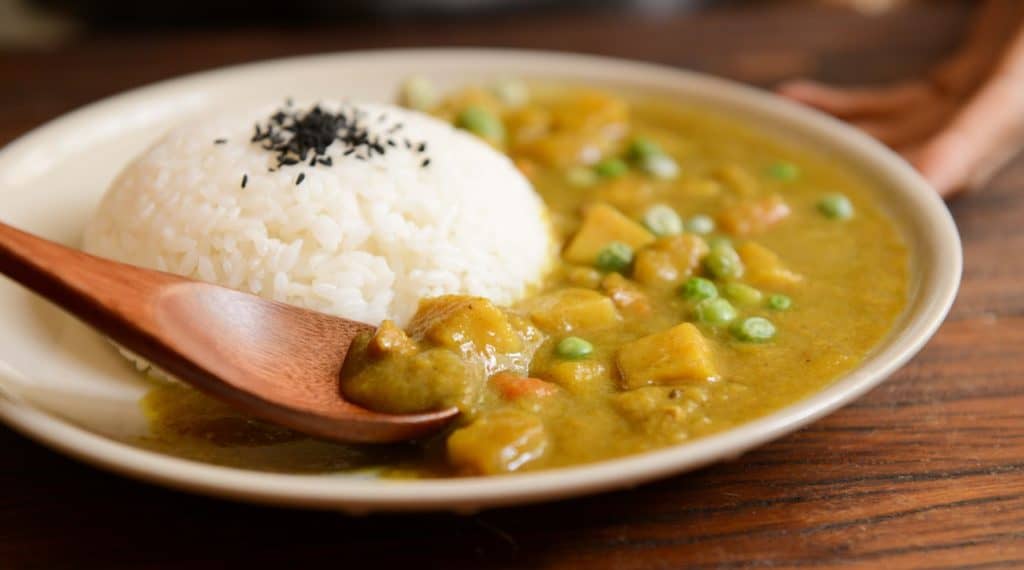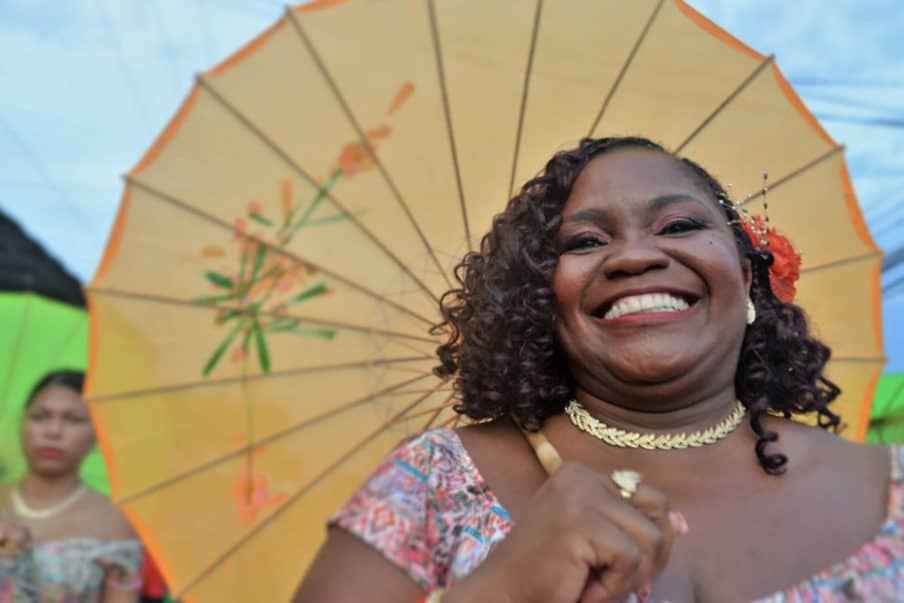
Costa Rica’s Caribbean coast, particularly the province of Limón, is a cultural gem where Afro-Caribbean heritage shines brightly. This vibrant community, rooted in a complex history, has woven its traditions into the fabric of Costa Rican identity through music, dance, cuisine, language, and festivals.
From the rhythmic beats of calypso to the spicy allure of jerk chicken, Afro-Caribbean culture in Costa Rica offers an unforgettable experience for visitors and locals alike. Let’s dive into the rich history and dynamic contributions of this community, exploring why the Caribbean coast is a must-visit for anyone seeking the heart of Costa Rica’s diverse heritage.
A Historical Foundation
The Afro-Caribbean presence in Costa Rica began in the 19th century when enslaved Africans were brought by Spanish colonizers to work on cacao plantations and cattle ranches. Later, in the 1870s, Jamaican laborers arrived to construct the railroad connecting San José to the port of Limón, followed by workers from other Caribbean islands.
These immigrants faced significant challenges, including discrimination and marginalization, yet they preserved their cultural identity, blending African, Caribbean, and Costa Rican influences. By the 20th century, the United Fruit Company’s banana plantations further shaped Limón as an economic and cultural hub, though the region remained isolated from the rest of Costa Rica, fostering a distinct Afro-Caribbean identity. Today, approximately 8% of Costa Ricans are of African descent, with half residing in Limón, making it the epicenter of Afro-Caribbean culture in the country.
Music: The Soul of the Caribbean Coast

Music is the lifeblood of Afro-Caribbean culture in Costa Rica, pulsating through the streets of Limón, Cahuita, and Puerto Viejo. Calypso, originating in Trinidad, and reggae, with its Jamaican roots, are the cornerstones of this musical tradition, both deeply influenced by African rhythms.
Costa Rican calypso stands out with its use of the marimba—a xylophone-like percussion instrument—alongside drums, banjos, and guitars. These instruments create a lively, storytelling sound that reflects themes of social justice, cultural pride, and resilience. Reggae, often sung in Creole English or Spanish, carries messages of unity and resistance, resonating with both locals and visitors.
In recent decades, Afro-Caribbean music has evolved, blending with hip-hop, soca, and Latin American genres like salsa and cumbia to create fresh, danceable sounds. Bands like Cantoamerica have been instrumental in promoting these fusion styles, serving as ambassadors of Afro-Costa Rican music on global stages. The province of Limón has also become a breeding ground for innovative artists who mix traditional beats with modern influences, ensuring the music remains vibrant and relevant.
Dance: A Celebration of Movement
Where there’s music, there’s dance, and Afro-Caribbean culture in Costa Rica delivers a dynamic array of styles that captivate audiences. Dances like soca, salsa, merengue, and cumbia have been transformed by Afro-Caribbean flair, incorporating African-inspired footwork and fluid movements.
While it’s challenging to isolate purely Afro-Caribbean dances, the community’s influence is evident in the passionate, rhythmic energy that defines Costa Rican dance floors. In Limón, spontaneous street performances and festival showcases highlight this cultural fusion, inviting everyone to join in the celebration. The infectious rhythms of calypso and reggae often accompany these dances, creating an atmosphere that’s both joyous and deeply rooted in heritage.
Cuisine: A Flavorful Legacy

Afro-Caribbean cuisine in Costa Rica is a delicious testament to the community’s African roots, adapted to local ingredients and flavors. Characterized by bold spices, coconut milk, and seafood, this culinary tradition is casual yet deeply satisfying.
One iconic dish is Caribbean rice and beans, cooked with red beans, coconut milk, thyme, and Panamanian peppers, often served with chicken in a spicy tomato or coconut sauce and paired with patacones—twice-fried green plantains. This dish is a staple across the Caribbean coast and a must-try for visitors.
Another standout is jerk chicken, a Jamaican-inspired dish with a Costa Rican twist. Marinated in a fiery blend of spices, it’s grilled to perfection and served with meats, fish, or even vegetables. Suya kebabs, a nod to African street food, feature slow-roasted beef or chicken coated in a spicy peanut rub, offering a unique flavor profile.
For a heartier option, curried goat (known as Compere Lapin) combines curry-rubbed goat meat with coconut milk and sweet plantain gnocchi, creating a dish that’s both comforting and exotic. Other favorites include rondón, a seafood and vegetable stew cooked in coconut milk, and pati, a savory meat-filled pastry perfect for snacking.
Festivals: Celebrating Heritage with Pride
Festivals are the heartbeat of Afro-Caribbean culture in Costa Rica, drawing thousands to the Caribbean coast each year. The Limon Carnival, held annually in mid-October, is a 12-day extravaganza commemorating Christopher Columbus’ arrival in 1502. This vibrant street party features colorful parades, calypso and reggae concerts, traditional dances, and mouthwatering Caribbean cuisine. With over 25,000 attendees, it’s one of Costa Rica’s largest celebrations, showcasing the resilience and pride of the Afro-Caribbean community. The carnival’s Grand Parade and the coronation of the Carnival Queen are highlights that capture the region’s kaleidoscope of cultures.
Another key event is the Día de la Persona Negra y la Cultura Afrocostarricense (Day of the Black Person and Afro-Costa Rican Culture), celebrated on August 31. Marking the culmination of the Month of the History of African-Descended Peoples, this festival includes the Grand Gala Parade in Limón, recognized by the Costa Rican government as an Intangible Cultural Heritage. The parade features floats, traditional costumes, and performances that honor Afro-Costa Rican values. The Festival of Black Culture, also held in August, offers a month-long series of activities, including art exhibits, jazz concerts, and food tastings, fostering cultural preservation and inclusion.
| Aspect | Description | Key Examples |
|---|---|---|
| Music | Blend of African, Caribbean, and Latin influences with calypso and reggae at the core. | Calypso, reggae, marimba-driven performances, modern fusion with hip-hop. |
| Dance | African-inspired movements mixed with Latin styles, known for rhythmic energy. | Soca, salsa, merengue, cumbia with Afro-Caribbean flair. |
| Cuisine | Casual, spicy dishes using coconut milk, seafood, and local ingredients. | Caribbean rice and beans, jerk chicken, suya kebabs, curried goat, rondón. |
| Festivals | Vibrant celebrations of heritage with parades, music, and food. | Limon Carnival (October), Día de la Persona Negra (August 31), Festival of Black Culture (August). |
Language and Cultural Identity
The Afro-Caribbean community in Costa Rica has preserved its linguistic heritage through Creole English, also known as patois, a blend of English and African influences. This language, spoken alongside Spanish, is a marker of cultural identity, especially in Limón. Calypso songs often feature Creole English, reinforcing its role in storytelling and cultural expression. Despite historical efforts to impose Spanish as the dominant language, community-run English schools have maintained this linguistic tradition, ensuring its continuity across generations.
Recent Developments and Cultural Resilience
In recent years, Costa Rica has taken significant steps to recognize and promote Afro-Caribbean culture. The declaration of August as the Month of the History of African-Descended Peoples, formalized by Law 9526 in 2018, has elevated the visibility of Afro-Costa Rican contributions. The government’s recognition of the Grand Gala Parade as an Intangible Cultural Heritage underscores its commitment to cultural preservation. Additionally, initiatives like the National Agenda for the Commemoration of Afro-Costa Rican Culture, launched in 2019, have supported over 110 activities, from poetry readings to educational forums, fostering inclusion and pride.
The Afro-Caribbean community continues to face challenges, including historical discrimination and economic marginalization in Limón. However, their cultural resilience shines through in their music, dance, and festivals, which serve as platforms for activism and empowerment. Tourism has also played a role in amplifying Afro-Caribbean culture, with eco-lodges like Lirio Lodge offering immersive experiences that combine cultural exploration with the natural beauty of the Pacuare River.
Why Visit the Caribbean Coast?
A trip to Costa Rica’s Caribbean coast is a journey into a world of vibrant culture and natural splendor. Whether you’re savoring a plate of rondón, dancing to calypso at the Limon Carnival, or exploring the rainforests of Veragua Rainforest Park, the Afro-Caribbean influence is ever-present. September and October, considered the “summer” months on the coast, offer warm, sunny days ideal for soaking in the region’s festivals and beaches. For a truly authentic experience, consider staying at Lirio Lodge, where you can enjoy Caribbean-inspired cuisine and retreat into the tranquility of the rainforest after a day of cultural immersion.
Timing your visit for the Limon Carnival in October or the Día de la Persona Negra in August guarantees a front-row seat to the Afro-Caribbean spirit. But even outside these events, the Caribbean coast buzzes with live music, colorful markets, and warm hospitality. It’s a side of Costa Rica that’s distinct, unforgettable, and essential to understanding the country’s diverse heritage.
Final Thoughts
Afro-Caribbean culture in Costa Rica is a vibrant mosaic that enriches the nation’s identity. From the soulful rhythms of calypso and reggae to the bold flavors of Caribbean cuisine, this community’s contributions are woven into every aspect of life on the Caribbean coast. By visiting Limón and its surrounding towns, you’ll not only experience a unique blend of African, Caribbean, and Costa Rican traditions but also witness a community’s resilience and pride. So, pack your bags, bring your dancing shoes, and get ready to embrace the pura vida spirit of Costa Rica’s Afro-Caribbean heart.

